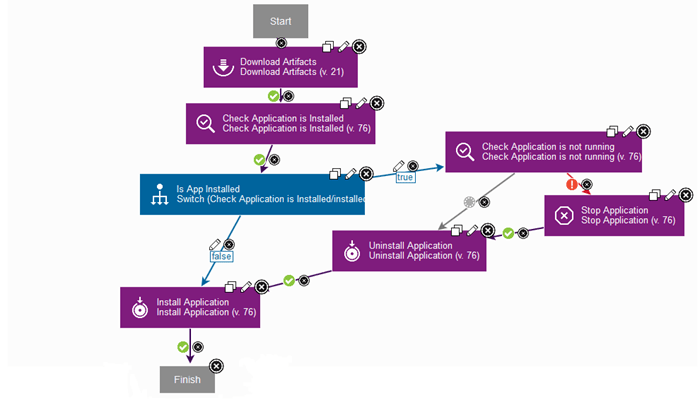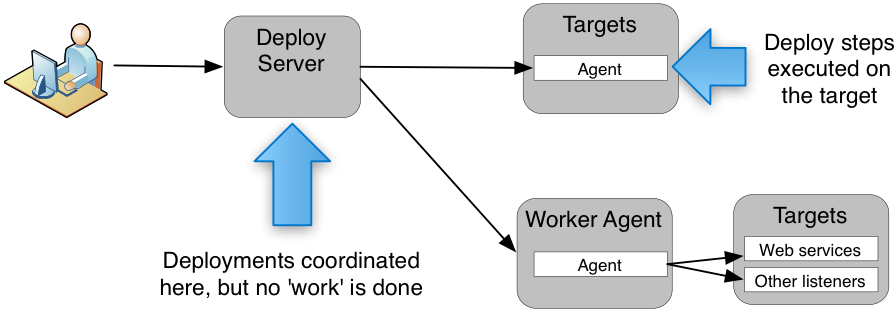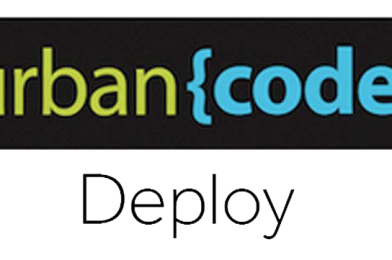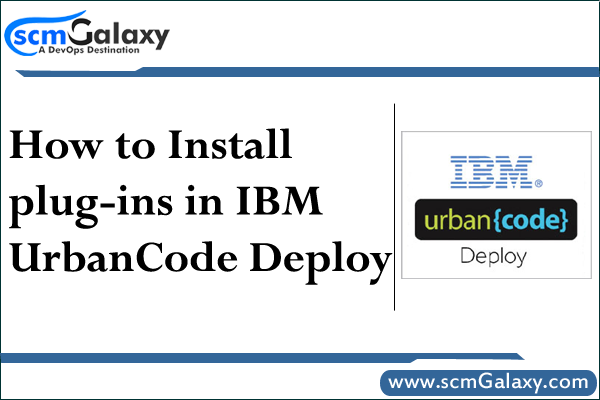About Udeploy:-

The Udeploy is an IBM product for automating the process of deployment with continuous delivery in agile-based development. It orchestrates a complex production environment and changes across servers, tiers, and components. Its tracks are very clear what are the changes, who made the changes & where and make it visible. If you require on-premises or as-a-service, IBM Urban Code Deploy helps you hurry your time to market, drive down deployment costs, reduce risks and achieve incessant delivery.
What IBM Urban Code Deploy provides?
The IBM Udeploy is available in a diversity of licensing plans. It is also available as a held service. For the information about buying options, see the IBM Marketplace.
- To automated, consistent deployments and rollbacks of applications.
- To automate provisioning, updating, and de-provisioning of cloud environments.
- To orchestration of changes across servers, tiers and components.
- To configuration and security differences across environments.
- To clear visibility: what is deployed where and who changed what.
- To integrated with middleware, provisioning and service virtualization.
What are the uses of Udeploy?

- Continuous Delivery: To integrate with build and test tools to mechanically deploy, test and endorse new builds.
- Production Deployments: The Score a multifaceted production deployments of applications and configuration.
- Self-Service: The Funding different teams rights to “push the go button” for different applications and surroundings.
- Incremental Updates: The Deploy only the changes mechanisms or lost incremental (patch) versions.
What are the features of Udeploy?

Multi-Tier Application Models:-
The Modern applications are often made up of many components. Maybe a three tier application with database, app and content components, or a mobile application with the real mobile application and back-end web services. Even though it is related to collections of batch programs are seen as a logical application. The Urban Code Deploy paths which components make up an application so they can be deployed and follow. The Snapshots offer the aptitude to create a version of the application summarising versions of each of the components.
Easy Process Designer:-
The Deployment automation tools need to distinguish how to deploy your applications. In Urban Code Deploy, the processes are clear in browser in using a simple drag and a drop process upscale. The Component processes are composed of automation steps delivered by addition plugins. The application processes are calm of component processes. The steps may be run in order or in parallel. Transitions among steps are governed by rules.
Deploy to Public, Private, and Hybrid Cloud:-
By using the blueprint designer you can perfect cloud surroundings and how your applications are deployed to those environments by a simple graphical editor. You can connect to clouds and model the computer-generated images in the environment and you can add your application components to those images. The blueprint designer ropes public and private clouds with IBM Blue mix, IBM Soft Layer, Amazon Web Services, Microsoft Azure, VMware centre, and OpenStack-based clouds.
Scalable Distributed Automation:-
The Urban Code Deploy is made to support mission-critical deployments to thousands of servers in numerous data centres. The Master server gathering support provides high obtainability and horizontal scalability of the deployment automation tool. The Urban Code Deploy uses light-weight deployments agents which offer an immediate company on or near the target.
Quality Gates and Approvals:-
Some of the environments, deployments may not be allowed until some conditions are met. But the types being deployed must have passed tests or received a blessing from a team. The time and date of the deployment must be accepted by several people. The Urban Code Deploy delivers Environment Excellence Gates as well as Approval Processes to help you ensure that only the right paraphernalia goes out at the right time. As these rules are set per application and each environment and early test environments are probable to be setup to not need approvals.
Integrations Replace Custom Scripting:-
The tested additions are provided with lots of tools to make the deployment process calmer to design and less dangerous. The additions are if for application servers, load balancers, databases, testing tools, build servers and more. The values are to manage configuration files, registry settings and the like are also available.
Conclusion:-
The Urban Code Deploy is a tool for automating application deployments finished your environments. It is designed to ease rapid feedback and continuous delivery in supple development while providing the audit trails, versioning, and approvals needed in production.

